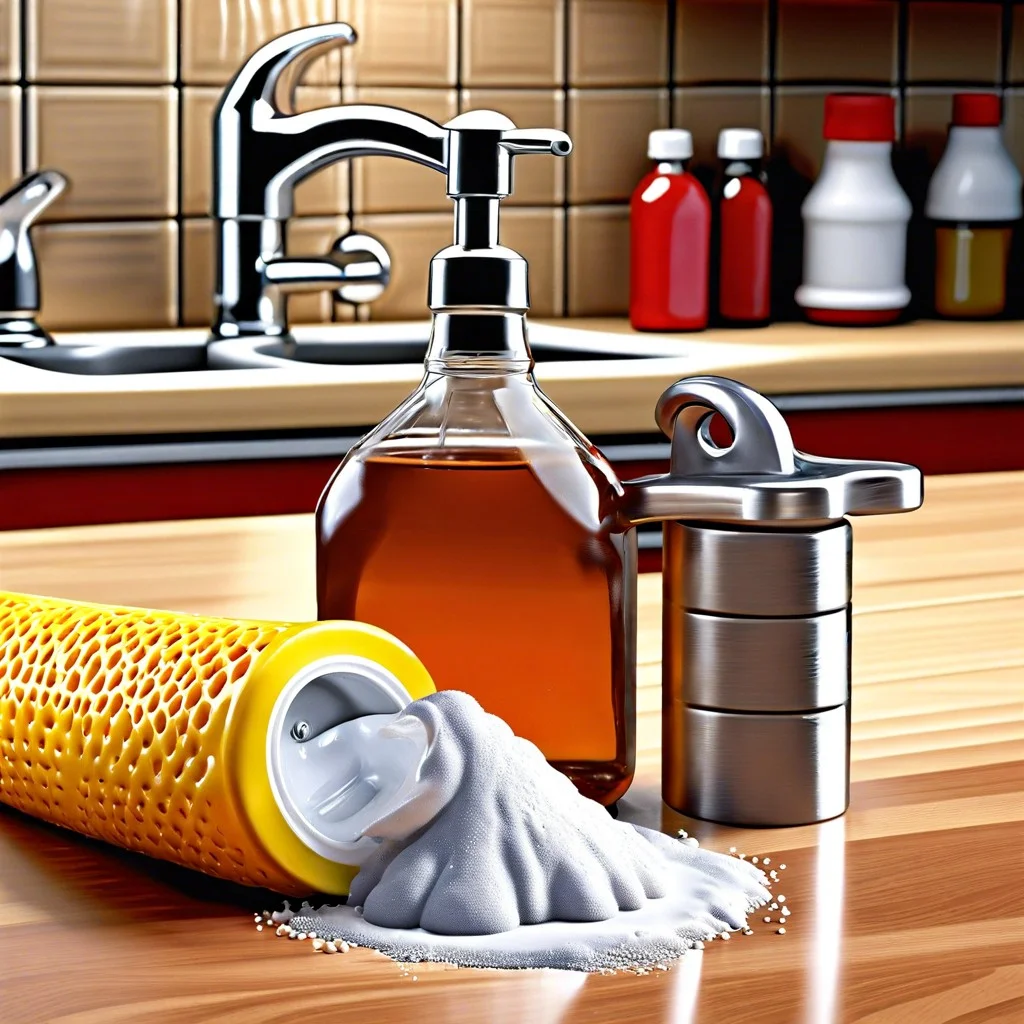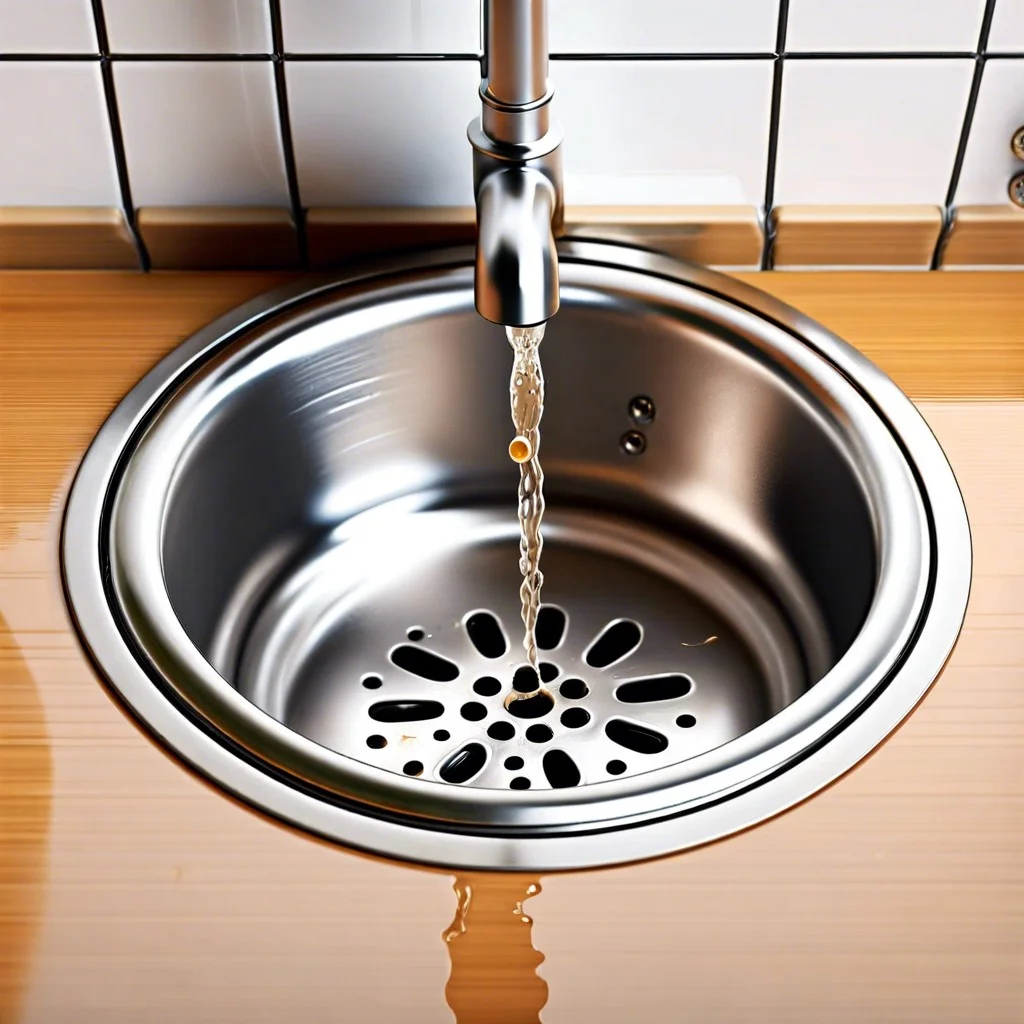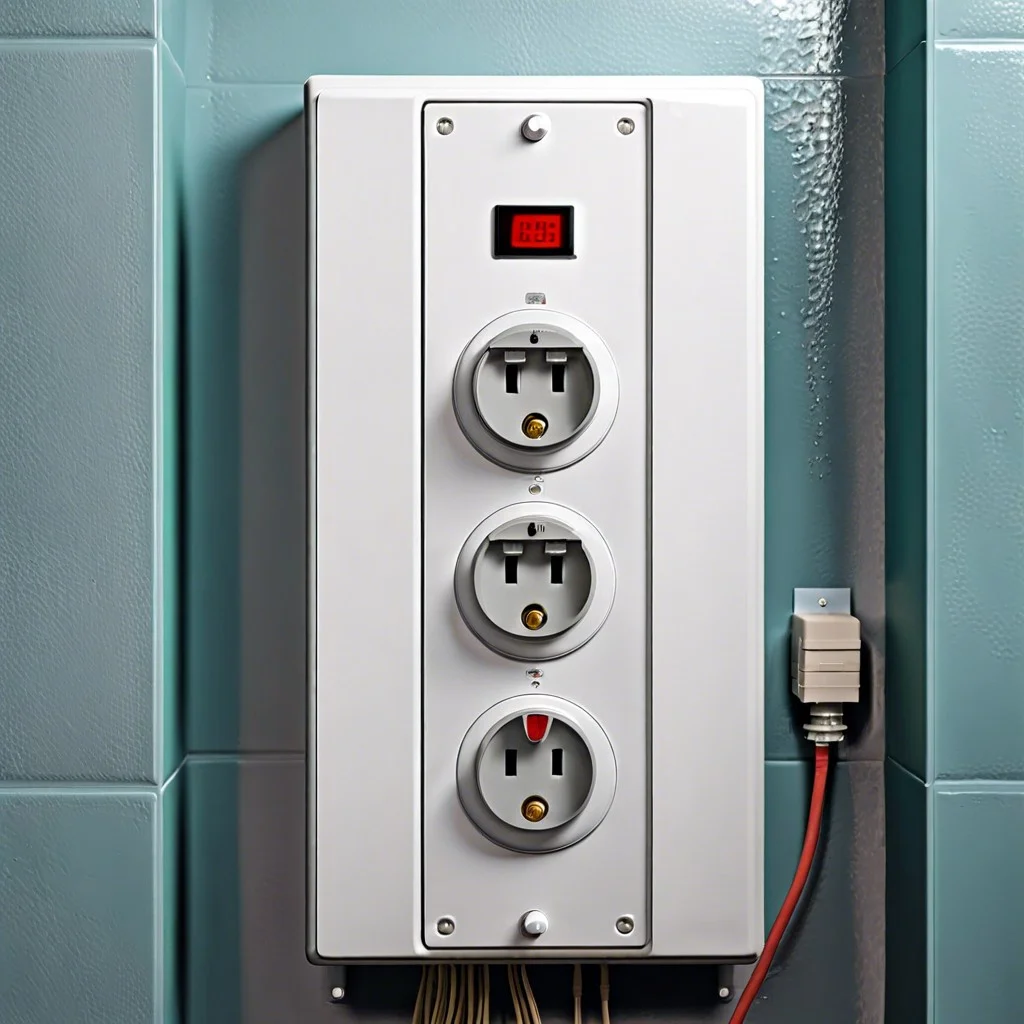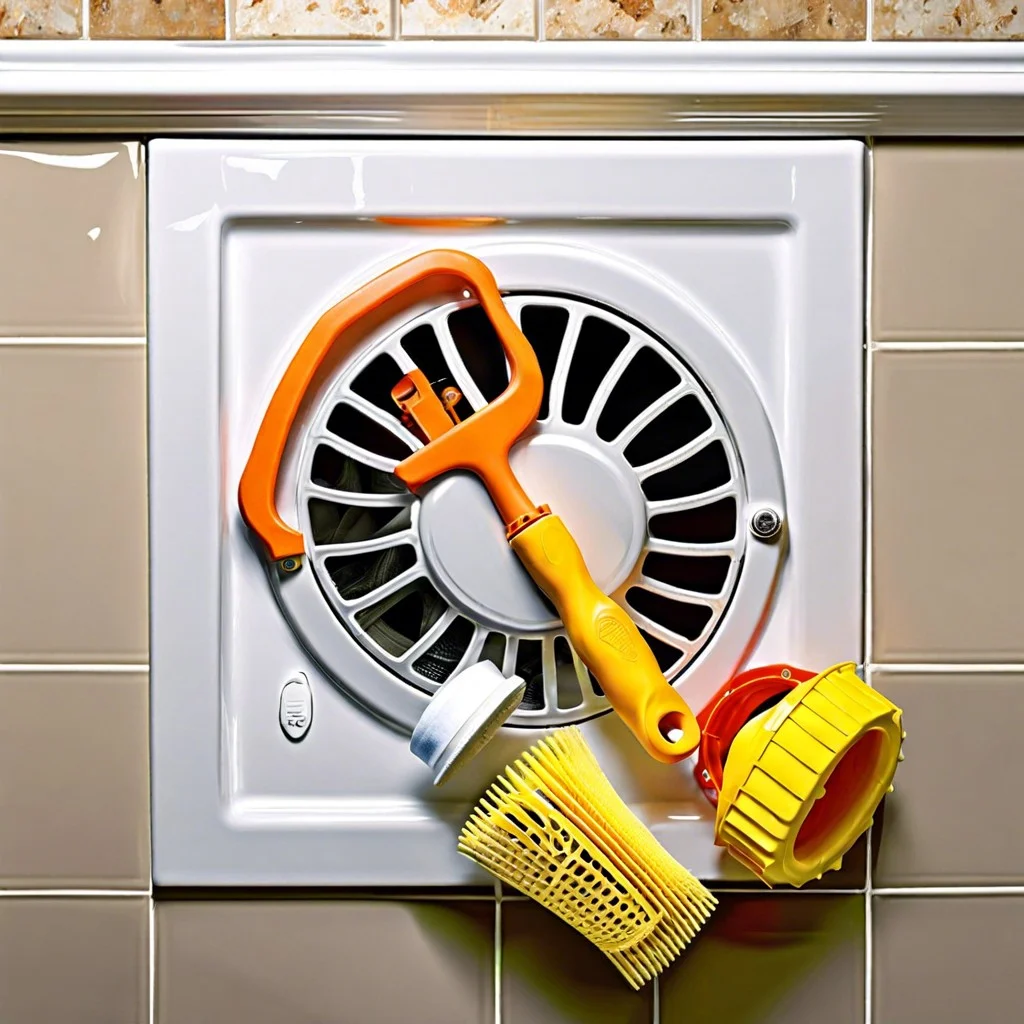Last updated on
Learn how to confidently install a bathroom sink with this straightforward step-by-step guide.
Key takeaways:
- Evaluate space and plumbing before choosing a sink
- Consider functionality, aesthetics, and material when selecting a sink
- Properly remove the old sink to prepare for installation
- Gather necessary tools and components for installing the new sink
- Test for leaks to ensure a watertight installation
Assessing Your Space and Plumbing
Before you commit to a style or purchase, it’s crucial to evaluate the dimensions of your bathroom. A colossal basin in a tiny space is impractical, while a minuscule sink can look lost in a vast area. It’s not just about fitting it in, but also ensuring there’s enough clearance for doors and drawers.
Your current plumbing will dictate the type of sink you can install without significant modifications. If you’re not looking to reroute pipes, choose a sink that aligns with your existing setup. Consider the location of your water supply lines and drain. Height mismatches or off-centered configurations could lead to added costs and headaches during installation.
Keep in mind the different sink mounts as well—top-mount, under-mount, vessel, wall-mounted, pedestal—and the specific requirements they have for support and plumbing. Ensure your cabinetry or wall structure can support the weight and type of the sink you’re eyeing.
Never overlook the faucet. The number and spacing of holes in your selected sink need to match your faucet choice or accommodate new faucet installations if that’s part of your upgrade plan. This forethought prevents post-purchase surprises that can disrupt your bathroom remodel timeline.
Choosing the Right Sink
When selecting a basin, consider both functionality and aesthetics. A vessel sink, sitting atop the counter, can be a striking statement piece, but it requires higher faucetry and might not suit all height users. Undermount sinks afford a clean look and simplify countertop cleaning, yet installation demands waterproof countertop materials like granite or marble.
Space constraints must dictate your choice as well—petite basins are a must in cozy lavatories, ensuring ample countertop room and elbow space. For family-sized environments, double sinks might alleviate morning traffic jams.
Material choices are abundant, with porcelain being the classic, resilient option. However, glass and metal offer contemporary appeal but come with added maintenance considerations—hard water stains are not forgiving on these surfaces. Don’t overlook the importance of sink depth; shallow sinks reduce splashing but could complicate hand-washing larger items. Compatibility with existing plumbing configurations is crucial to avoid unexpected retrofitting costs. Lastly, always anticipate future needs; a trendy sink might look fetching today but think about its practicality and endurance over time.
Removing the Old Sink
Before you tackle the existing basin, shut off the water supply. You’ll typically find valves under the sink; twist these clockwise to close them. Don’t let a flood morph from potential mishap to reality by neglecting this step.
Proceed by disconnecting the water lines. Keep a bucket handy for water that may escape from the pipes. Gently loosen the nuts with a wrench and detach the lines. Your grip shouldn’t rival that of a weightlifter’s—overexertion can damage the fittings.
Next, remove the sink’s drainpipe from the P-trap. The P-trap is the curved section of pipe under the sink that prevents sewer gases from entering the bathroom. Free the sink from its mount—clips or brackets under the sink hold it in place, and sealant might adhere it to the countertop. Slice through stubborn sealant with a putty knife to lift the sink away. Mind your back during this part; sinks can be cumbersome and heavier than they look.
Clearing away leftover sealant from the countertop sets the stage for a new installation. With a clean slate, you can look forward to a new sink that sits snug and seamless.
Installing the New Sink
Prepare for installation by gathering all necessary tools and components. These include plumber’s putty, silicone sealant, a wrench, and possibly a hacksaw, along with the sink’s strainer and drain assembly.
First, apply plumber’s putty or silicone sealant (depending on the type of sink) to the underside of the rim of the sink strainer. Place it securely into the drain hole and then beneath the sink, tighten the gasket and locknut to create a watertight seal.
Next, if your new sink has mounting clips, you’ll want to attach them now. Invert the sink on your workspace, place the clips uniformly around the edge without snapping them into place, and then flip the sink and set it into the countertop hole.
Once the sink is in place, from below, snap the clips into their respective positions and tighten with a screwdriver. This secures the sink to the countertop. If your sink is a pedestal or wall-mounted variation, ensure it is adequately supported according to the manufacturer’s instructions.
Now, reconnect the water supply lines to the faucet’s tailpieces. Ensure that these connections are snug but don’t over-tighten, as it can damage the fittings.
Consider this a prime moment to replace old supply lines or shutoff valves if they’re showing wear and tear – it’s easier to do it now than when a leak arises.
Finally, align the tailpiece with the trap and waste pipe, make the necessary adjustments, and then tighten all the connections. Remember, every joint is a potential leak point, so ensure each connection is secure, yet not overtight – overtightening can lead to cracked fixtures or stripped threads.
Testing for Leaks
Once installation is complete, it’s crucial to ensure everything is watertight. Initially, dry test the setup without water to check the connections.
After that, run water through the sink and keenly observe the drainpipes and supply line connections for any sign of moisture. If there’s even a hint of dampness, address it immediately.
Use a flashlight to enhance visibility under the cabinet, as leaks can sometimes be a mere trickle at first. Remember, the real test comes when the sink is in full use.
Open and close the drain several times, and fill the sink up to the overflow—if it has one—to ensure integrity. This preventative scrutiny can save you from water damage that often goes unnoticed until it’s too late.
A leak-free installation is only as good as the attention to detail during this final, all-important step.
Recap




